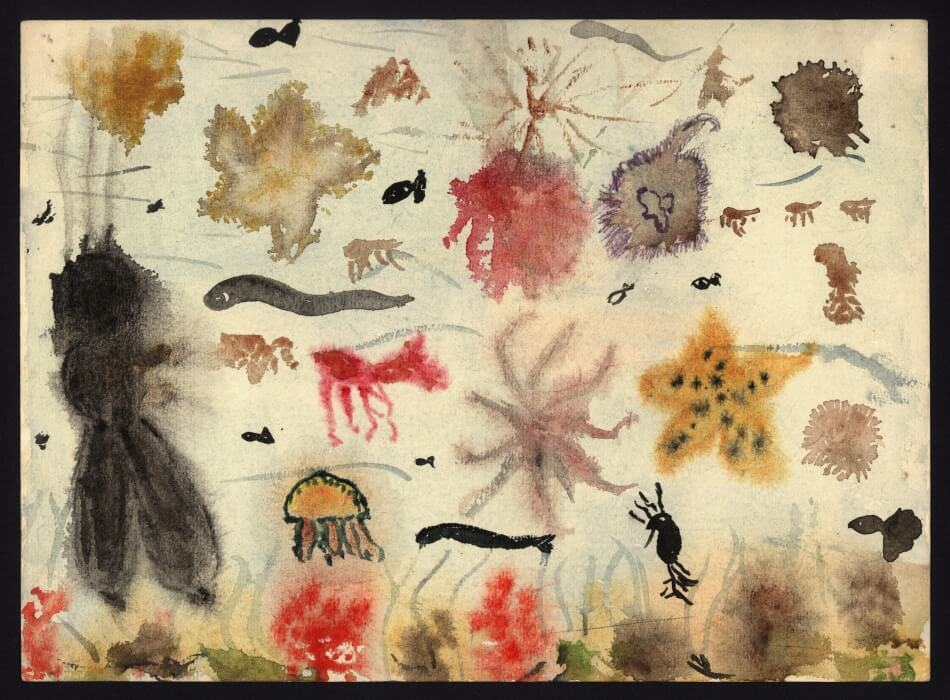Every day for 30 days we will be featuring a museum object that has inspired or intrigued us, in the hope that “an object a day keeps the doctor away.” We love creating exciting, meaningful storytelling through engaging experiences, but still firmly believe that it is hard to beat the thrill of being in the presence of authentic artefacts. Today’s object is: children’s drawings, Terezín Ghetto.

You look at their drawings. Then you look at their names. And ages. When they were killed.
These drawings were made during clandestine art classes at the Terezín ghetto in what is now the Czech Republic during the Second World War. Between 1941 and 1945, the Terezín Ghetto served as a way station to the concentration and death camps in the east.
The classes were organized by Friedl Dicker-Brandeis (1898–1944), a painter and graduate of the Bauhaus School. They depict holiday celebrations and the dreams that the imprisoned children had of returning home or travelling to Palestine.
Before being deported to Auschwitz, Friedl Dicker-Brandeis filled two suitcases with about 4,500 children’s drawings and hid them; immediately after the war, they were recovered and handed over to the Jewish Museum in Prague. These drawings are a poignant reminder of the tragic fate of Bohemian and Moravian Jews during the Second World War. Only a few of the Terezín children survived. The vast majority were deported to Auschwitz where they faced certain death.
The Jewish Museum in Prague is currently closed. Check website for details.
